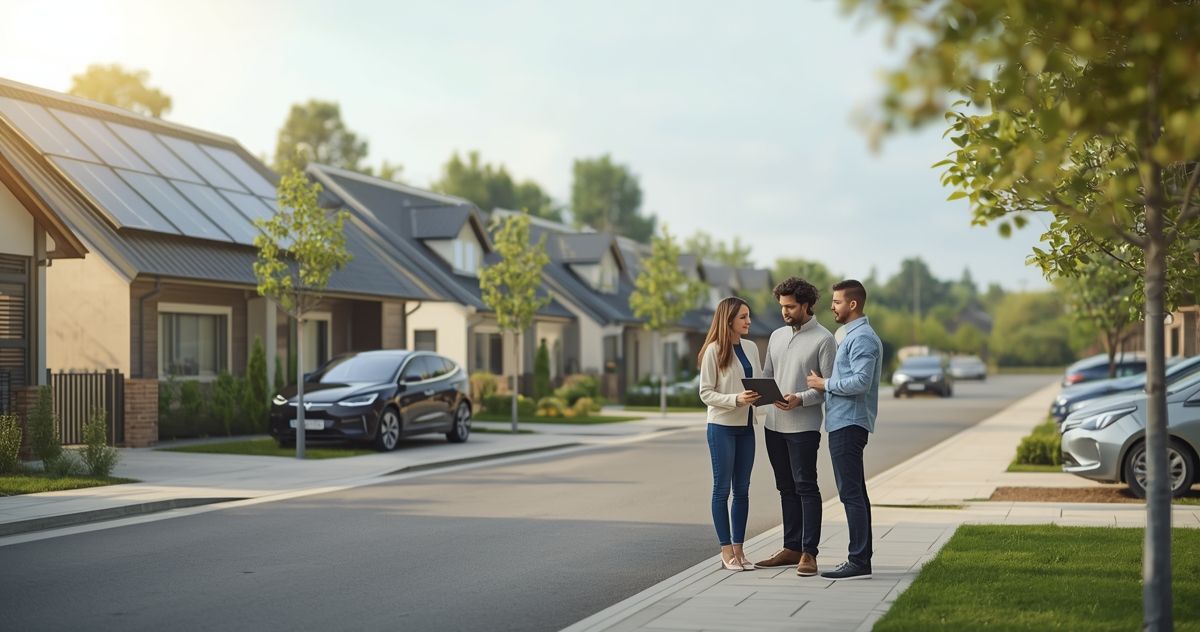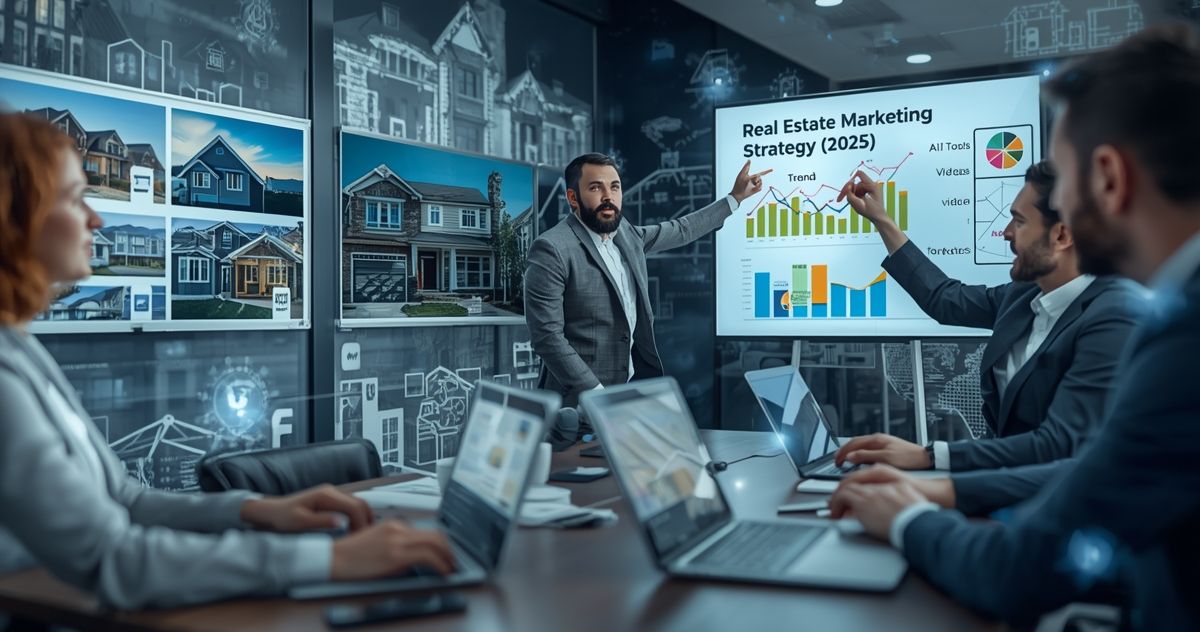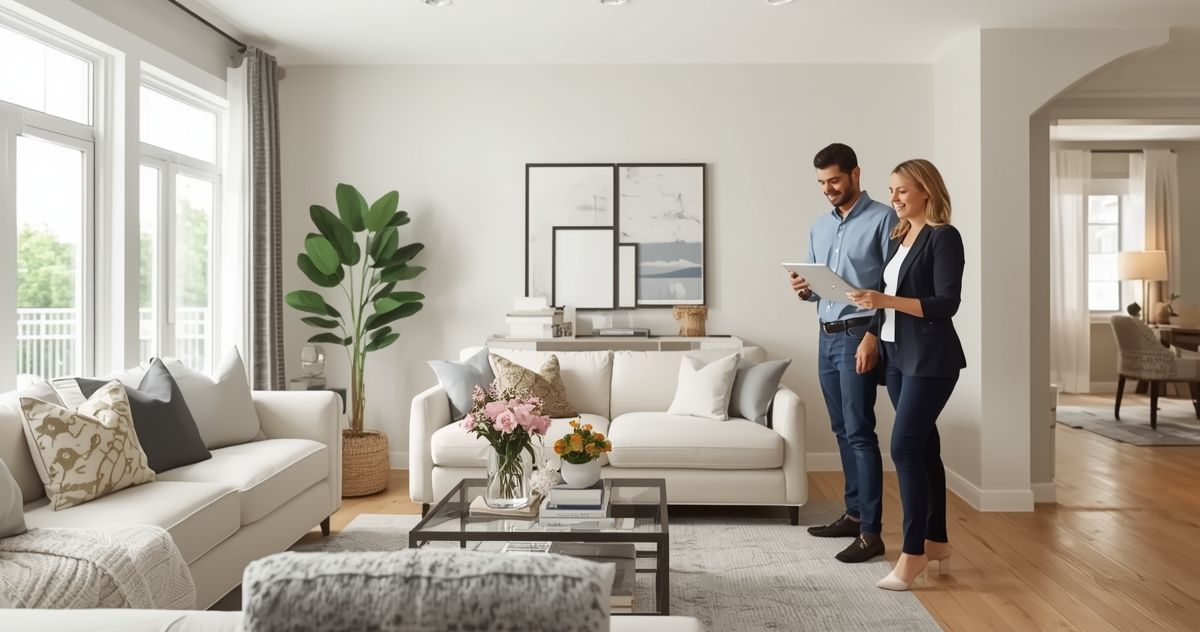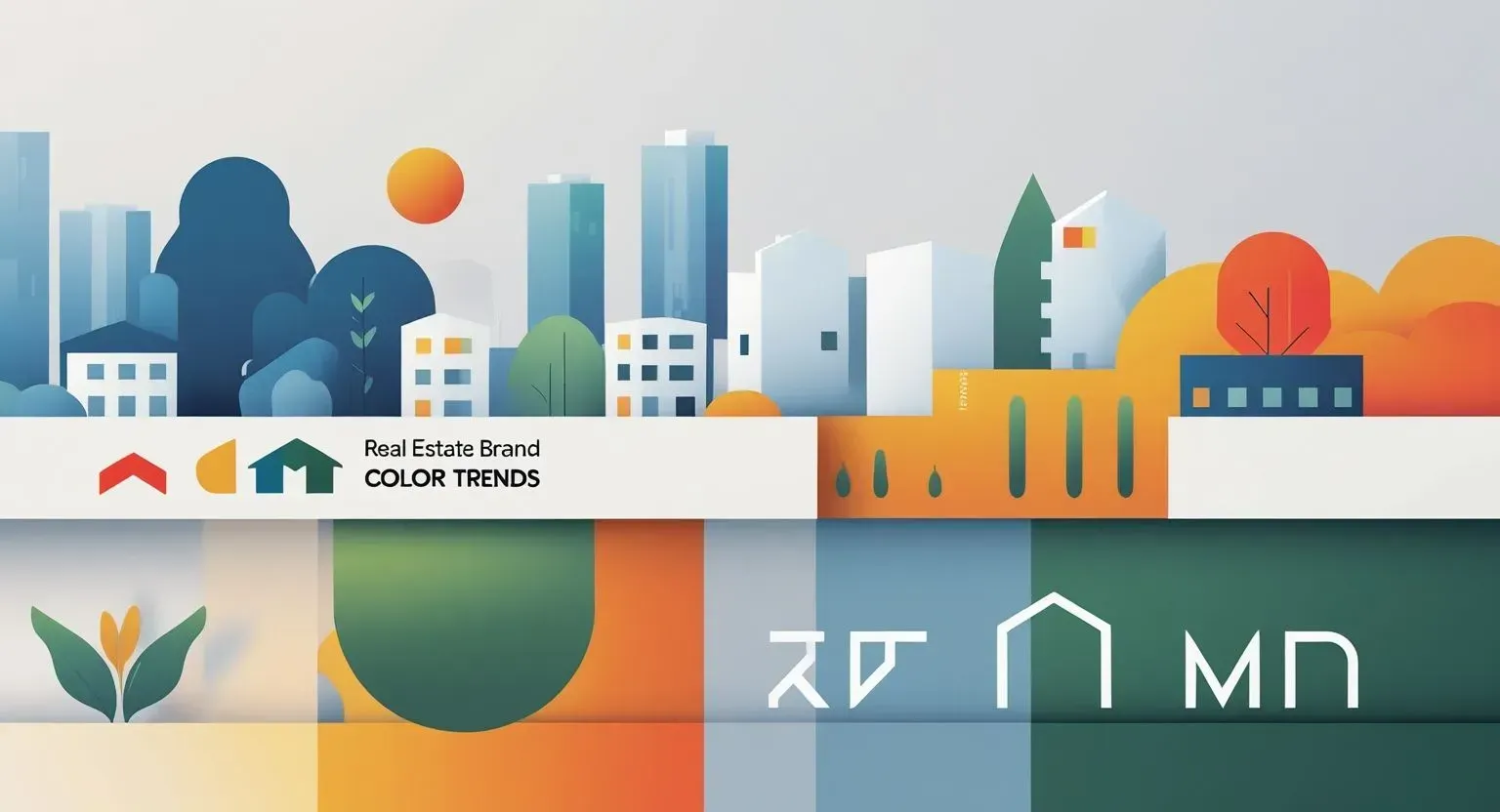The Essential Features All Real Estate Virtual Tours Should Have
The Essential Features All Real Estate Virtual Tours Should Have
In today’s digital age, virtual tours have become a must-have tool in real estate. They offer potential buyers a detailed look at properties from the comfort of their homes.
But not all virtual tours are created equal. A successful virtual tour should immerse viewers, providing a clear and engaging representation of the property. It should highlight the best features while being easy to navigate.
This way, prospective buyers can get a genuine feel for the space, making it easier to decide if a home fits their needs. This blog post will cover the essential features that all real estate virtual tours should have to ensure a successful viewing experience.
The Rise of Virtual Tours in Real Estate
Virtual tours are more than just a digital fancy—they're a powerful tool that transforms the way properties are marketed. In today's technology-driven world, buyers are no longer content with static images and basic descriptions. They crave immersive experiences that offer a genuine feel for the property before they even step inside.
For real estate agents, virtual tours bridge the gap between the physical and digital world. This shift not only broadens the agent's reach but also aligns with the modern buyer's preference for online research.
Understanding the increasing importance of virtual tours is crucial for agents looking to stay ahead in a competitive market.
The Essential Features of a High-Quality Real Estate Virtual Tour
High-Definition Imagery and Video
One of the fundamental elements of an effective virtual tour is high-definition imagery and video. Crisp, clear visuals capture the true essence of a property, making it easier for potential buyers to imagine themselves living there. High-definition content highlights key features such as architectural details, room layouts, and outdoor spaces.
Invest in professional photography and drone videography in Houston to ensure every angle of the property is presented in the best possible light. High-quality visuals can significantly influence a buyer's perception, making them more likely to schedule an in-person visit or make an offer.
Interactive Floor Plans
Interactive floor plans are another must-have feature that enhances a virtual tour's impact. These plans offer a detailed layout of the property, allowing buyers to understand the flow and dimensions of each room. Interactive elements enable users to click on specific areas for additional information, such as room sizes or unique features.
Providing interactive floor plans adds a layer of transparency, helping buyers make informed decisions. It's a strategic way to showcase a property's layout and functionality, setting the stage for a seamless transition from online exploration to an in-person visit.
360-Degree Views
A 360-degree view is a hallmark of an immersive virtual tour experience. This feature allows buyers to explore every corner of a property, providing a comprehensive view that static images simply can't match. With 360-degree views, potential buyers can virtually "walk through" the property, getting a true sense of space and design.
Implementing 360-degree views requires specialized equipment but offers a significant return on investment. Buyers appreciate the ability to explore a property at their own pace, leading to increased engagement and interest.
Customizable Viewing Options
Customization is key in creating a personalized virtual tour experience. Offering customizable viewing options allows buyers to tailor the tour to their preferences. Some may prefer a guided walkthrough, while others might want to explore at their own pace.
Providing features like adjustable camera angles, zoom functions, and the ability to toggle between different views empowers buyers to engage with the tour in a way that suits them best. Customization enhances user satisfaction, increasing the likelihood of conversion.
Mobile Compatibility
In a world where smartphones and tablets dominate, ensuring mobile compatibility for your virtual tours is essential. Buyers are frequently on the go and rely on mobile devices for property searches. A virtual tour that's optimized for mobile viewing ensures a seamless experience, regardless of the device used.
Make sure your tours are responsive and function smoothly on both iOS and Android devices. Mobile compatibility broadens your reach, capturing the attention of busy buyers who prefer exploring properties on their smartphones or tablets.
The Benefits of Including These Features in Your Virtual Tours
Incorporating these essential features in your real estate virtual tours offers numerous advantages. Here are a few key benefits that can elevate your property marketing strategy:
- Enhanced Buyer Engagement: By presenting properties with high-definition visuals and interactive elements, you capture the attention of prospective buyers and keep them engaged. Immersive features such as 360-degree views and interactive floor plans allow users to explore at their own pace, resulting in a more invested viewing experience.
- Broader Audience Reach: With mobile compatibility and customizable viewing options, virtual tours cater to a diverse audience. Buyers can access these tours anytime, anywhere, using devices they are most comfortable with, thereby increasing the potential reach of your property listings.
- Competitive Advantage: Utilizing cutting-edge technology in your virtual tours sets you apart in the real estate market. A well-designed virtual tour can be the deciding factor for buyers comparing similar properties, giving you an edge over competitors.
How to Implement These Features in Your Virtual Tours
To make your real estate virtual tours stand out in the digital marketplace, it's important to thoughtfully incorporate essential features using trending strategies and technologies. Here's how you can achieve this:
Step-by-Step Guide
- Invest in High-Quality Equipment: To capture stunning high-definition imagery and 360-degree views, invest in professional-grade cameras and panoramic tools. This ensures all visual content is crisp and appealing, which is crucial for attracting potential buyers.
- Use Interactive Software: Choose software that allows easy creation of interactive floor plans and customizable viewing options. Platforms like Matterport or EyeSpy360 offer robust features to help you create engaging, user-centered virtual experiences.
- Ensure Mobile Optimization: Web tours need to be responsive and efficient on mobile devices. Use frameworks that automatically adjust layouts based on user devices to provide seamless experiences across various platforms.
Tips for Success
- Prioritize Accessibility: Make sure navigation is intuitive and straightforward, catering to viewers of all ages and technical expertise.
- Incorporate a Guided Tour Option: Include both manual navigation and an automated tour feature for a comprehensive guide through the property.
- Highlight Key Features: Use visual cues and slight animations to spotlight selling points such as modern kitchens, spacious gardens, or energy-efficient technology.
Wrapping Up the Virtual Tour Experience
Virtual tours have redefined the landscape of real estate marketing, offering a dynamic way to showcase properties and engage potential buyers. By incorporating high-definition visuals, interactive elements, and mobile compatibility, agents can elevate their listings and attract more clients.
For real estate agents looking to stay ahead, adopting these essential virtual tour features is a strategic move. Start by implementing one or two features and gradually expand as you gain confidence and expertise. If you're unsure where to begin, consider reaching out to a virtual tour specialist for guidance.
In the digital age, virtual tours are more than just a trend—they're an essential tool for success in the real estate market. Take the leap, enhance your listings, and watch your client base grow. For those interested in exploring further, consider attending a workshop or webinar on virtual tour creation to sharpen your skills and stay ahead of industry trends.













